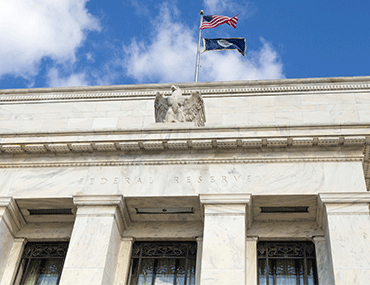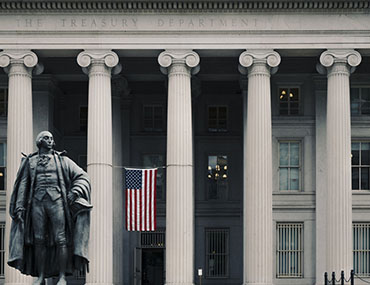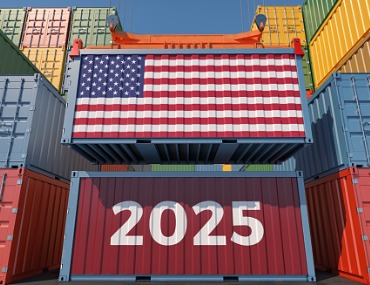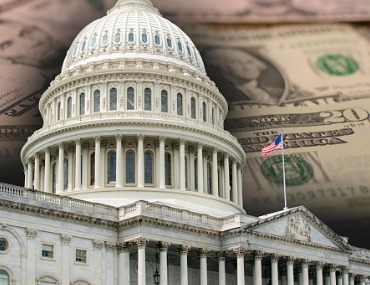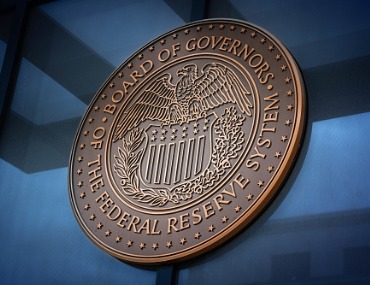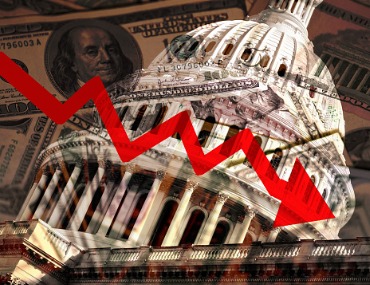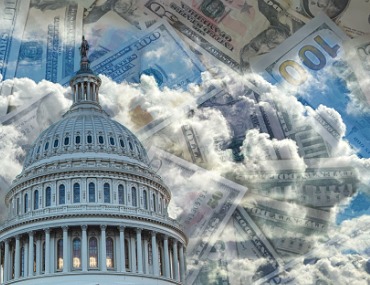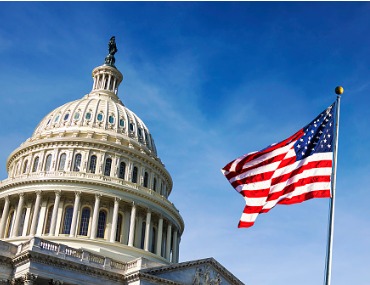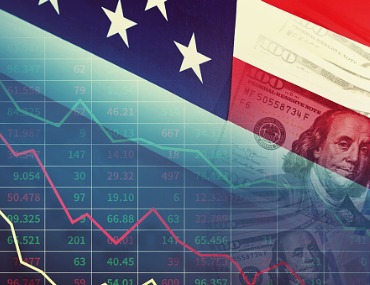

Financial Markets
November 25, 2025
Questions? We've Got Answers: Addressing Issues Impacting the Economic and Financial Outlook
It's hard to write anything these days without addressing the impact of tariffs, but this quarter bubbled up many other issues for our Q&A. The effects of the U.S. government shutdown, signals from the labor market and the Fed's next interest rate move are also examined.
November 19, 2025
U.S. FOMC Meeting Minutes (October 28-29, 2025)
The Federal Reserve Open Market Committee (FOMC) lowered the federal funds rate to a target range of 4.00% to 3.75% in October, despite the government shutdown leaving them with little additional official data since their September decision.
September 11, 2025
Stablecoins Enter the Mainstream
Stablecoins are shifting from crypto-asset trading tools to a regulated part of the U.S. financial system, laying the groundwork to reshape the payments system. Digital stablecoin technology, with its potential for programmability and transparency, could make payments—especially cross-border transactions—faster, cheaper, and more reliable, benefiting remittances, business-to-business (B2B) payments, trading, and compliance processes. The recently passed GENIUS Act requires U.S. payment stablecoins to be fully backed by safe, liquid assets and strict audits, aiming to anchor trust and prevent past failures that shook confidence in the sector.
August 22, 2025
U.S. FOMC Chair Powell Speech at Jackson Hole Symposium (August 22, 2025)
Chair Powell struck a more dovish tone in today's speech, sending a clear signal that further policy easing is on the way. While a September cut is looking more likely, it is still not a guarantee and will largely hinge on the August employment and inflation reports.
May 01, 2025
The Non-Starter Playbook of the Mar-a-Lago Accord
The Mar-a-Lago Accord is a blueprint to recreate the Plaza- Accord-style intervention of decades prior, designed to correct the U.S. trade deficit through deliberate dollar weakening. The current composition of the U.S. trade deficit, particularly the concentration with China, sheds light on the administration's rationale for tariffs.
April 02, 2025
U.S. Liberation Day Binds The World To High Tariffs
The U.S. administration announced broad reciprocal tariffs today, targeting all trading partners, and not just the countries that run large trade surpluses with the U.S. The tariffs will be implemented under the International Emergency Economic Powers Act (IEEPA) of 1977.
January 29, 2025
Reality Bites: Finding the Next U.S. Growth Dividend
With executive orders flying fast and furious from President Trump, investor optimism of an unleashing in animal spirits is kept in check by the reality of simple arithmetic on the economy. The median consensus forecast remains anchored towards 2% economic growth for this year and next. This marks a step down in momentum from the administration years of both Biden and Trump’s first term. Each of those three-year periods had near identical real GDP growth, averaging 2.7%, excluding the exaggerated results from the pandemic period (2020-2021).
January 21, 2025
Canada-U.S. Trade Relationship Infographic
Infographic that explores the strong trade relationship between Canada and the United States. Canada is the largest export market for the U.S., while maintaining a small trade deficit. Additionally, Canada is a net importer of $5 billion in U.S. automotive products, highlighting the deep economic ties between the two nations.
January 21, 2025
Setting the Record Straight on Canada-U.S. Trade
In addition to border security concerns, Trump has argued that “the United States can no longer suffer the massive trade deficits that Canada needs to stay afloat,” claiming that the U.S. subsidizes Canada to the tune of US$200 billion annually. How “massive” is the deficit and is there validity to this claim of subsidization?
November 19, 2024
U.S. Treasury Market Uncertainties: Higher Supply and Shifting Demand
Higher structural deficits are expected to push U.S. federal government debt as a share of GDP to 100% next year and 122% by 2034. This translates to a roughly $22 trillion (or 85%) increase in the supply of U.S. Treasuries between 2024 and 2034.
November 06, 2024
Markets Brace For Higher Inflation and Interest Rates Under President Trump
As of 11 AM ET, Donald Trump has secured 277 of the 538 Electoral College votes, becoming the 47th president. While ballots are still being counted, President Trump also looks to have won the popular vote, which has not happened for a Republican president since George W. Bush in 2004.
October 15, 2024
U.S. Presidential Elections and Stock Markets: It’s the Economy…Obviously
The U.S. Presidential election is just weeks away and investors are quickly turning their attention to the potential implications for financial markets. Would a Trump or Harris win be better for the stock market?
August 06, 2024
Senior Loan Officer Opinion Survey on Bank Lending Practices (July 2024)
The Federal Reserve's Senior Loan Officer Opinion Survey (SLOOS) on banks' lending practices continued to show progress, as a lower share of banks reported tighter lending standards in the second quarter relative to the first quarter of 2024 on all loan categories.
July 17, 2024
High Debt Loads Are Common but U.S. Unique in Size of Ongoing Deficits
The United States, like other major economies, has seen a large increase in its debt and deficits in recent years. Most major economies have a need to reduce their deficits to prevent their debt from becoming unsustainable. The difference between the US and its peers is in the trajectory of debt and deficits. Smaller deficits are expected to reduce the debt to GDP ratio in most other advanced economies, but not in the U.S.
July 16, 2024
Smooth Sailing: Analyzing the Drivers of Easing U.S. Financial Conditions
U.S. financial conditions – a measure of the health of financial markets - have eased to their loosest levels since the Federal Reserve started hiking interest rates in 2022. This is largely in part due to robust economic growth that has been complemented by excitement related to generative AI, huge investments in the green transition, and the promise of lower interest rates from the Fed.
June 05, 2024
Sustaining U.S. Government Debt Will Force Hard Choices in the Future
The U.S. federal government has run a deficit virtually every year for the past forty years. In 2024, the deficit will be around 4% of nominal gross domestic product (GDP). Under current policy, the Congressional Budget Office (CBO) projects that it will remain around this level for the next decade. This will lead to an increase in federal government debt held by the public, from 99% of GDP in 2024 to 116% of GDP in 2034.
June 03, 2024
A Sticky Situation: U.S. Shelter Inflation Easing, But Upside Risks Ahead in 2025
Shelter costs have been a key source of stickiness in U.S. inflation. Because housing represents more than one-third of the overall CPI basket, it remains the single biggest contributor to underlying inflation, and a key force preventing inflation from returning to the Fed’s target.
